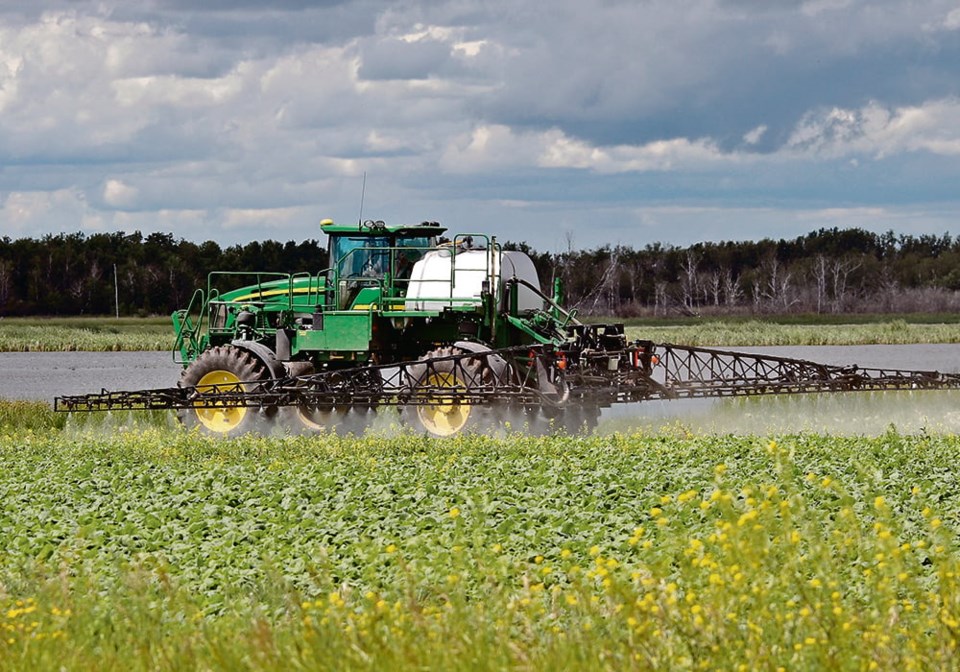Health Canada’s Pest Management Regulatory Agency has taken away certain uses of the insecticide lambda-cyhalothrin, more commonly known by brand names Matador and Silencer.
Despite the grain value chain’s best efforts, a new label came into force at the end of April specifying that crops treated with lambda-cyhalothrin cannot be fed to livestock in Canada, including any seed screenings and aftermath. Lambda-cyhalothrin can still be used on crops destined for human consumption.
This requirement is problematic when considering that any crop entering the grain handling system is eligible for livestock feed, which puts the sector in a tough spot.
Given the interconnectedness of Canada’s grain value chain, farmers may not be able to make a clear distinction between grain utilized for feed and grain utilized for export or human consumption. Unless a farmer has certainty that grain and associated screenings and byproducts are solely for export or human consumption, there will be challenges in remaining compliant.
There will be uncertainty about lambda-cyhalothrin during and following the 2023 growing season. Farmers may feel they can’t get the straight goods on when it’s OK to use lambda-cyhalothrin and when it’s not.
We all want to provide farmers with clarity, but the federal government’s decision has resulted in an unworkable situation that reflects a lack of appreciation and understanding of how the grain sector functions. We ask that all members of the value chain keep this in mind, and not allow this to become a story about farmers vs. grain companies vs. input suppliers vs. life science companies.
We feel the PMRA has let our sector down. Grain value chain representatives have worked tirelessly to explain to government officials that this new label creates an unworkable situation, but to no avail.
Canada is the only G20 country to have made a food/feed distinction like this. The U.S. Environmental Protection Agency did a full review of lambda-cyhalothrin in 2019, around the same time as the PMRA started theirs, but the U.S. did not restrict feed.
On top of that, the lead registrant made an application to the PMRA to reinstate harvested grain as a feed use. The goal to have this application reviewed and resolved ahead of the 2023 growing season met with delays.
We are optimistic the feed restriction will be lifted because lambda-cyhalothrin residues are not found in grain in spite of 25 years of testing in Canada. There is also recognition that Canadian farmers will be at a competitive disadvantage to American farmers because the decision will only be enforced on Canadian grain. U.S. grain treated with lambda-cyhalothrin can be imported and fed to livestock in Canada.
We support science and risk-based regulatory approaches, and the PMRA upholds these in spite of perceptions about innovation in agriculture. But it is also possible to issue science-based decisions that protect health and the environment while minimizing unnecessary impacts on the ag sector. The PMRA has the opportunity to correct the unworkable nature of its food/feed distinction, and we urge it to do that as quickly as possible.
Our top priority at the Canada Grains Council is to represent the interests of the Canadian grain sector. When the council takes a position on an issue, it speaks with the full weight of the sector behind it. The CGC and its members are committed to continuing to work with the PMRA to find a solution, and to prevent unworkable decisions like this one from arising again in the future.

